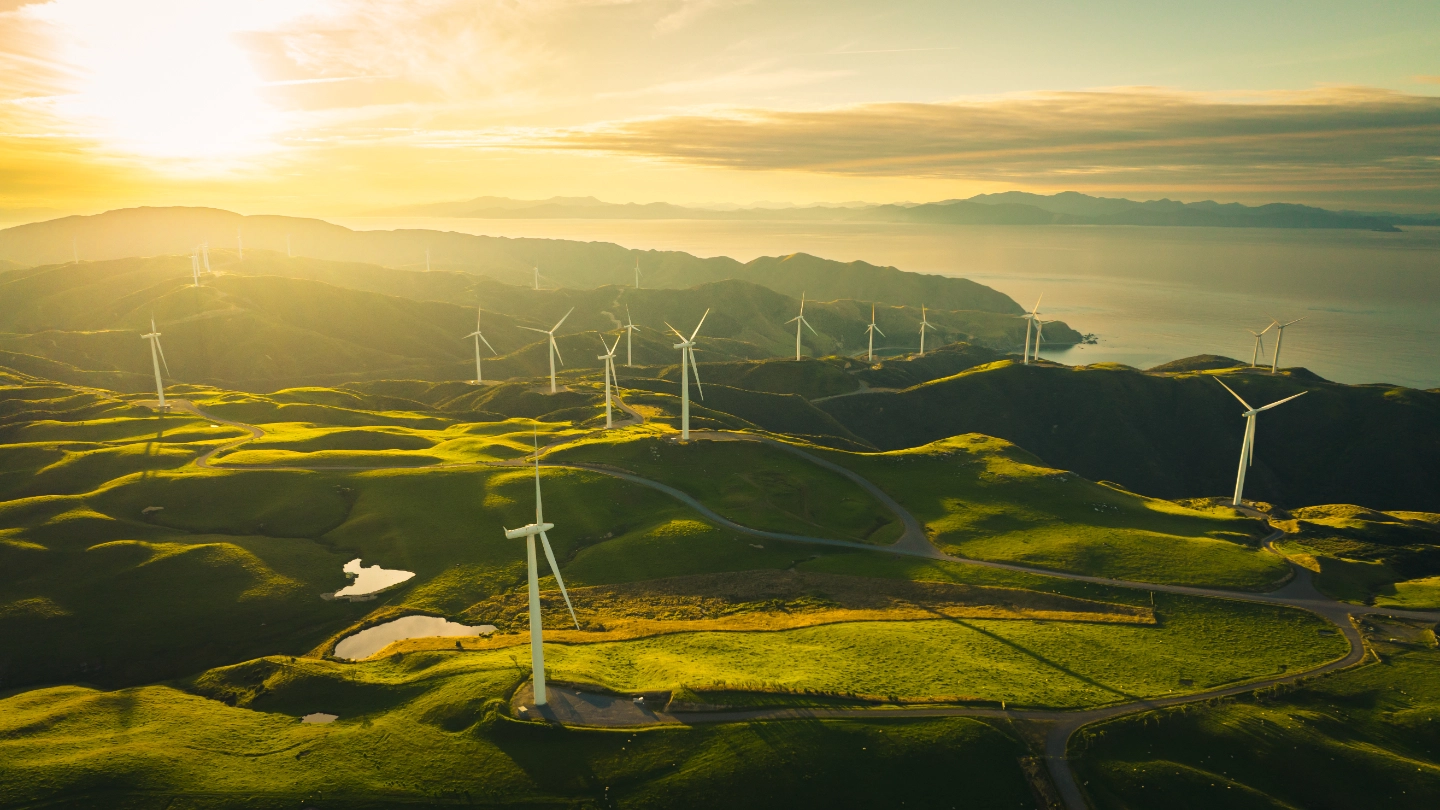
1. Energy mix: a new sense of realism
In this outlook we observe that the energy transition is facing considerable headwinds, while climate change continues to impose itself, with another record year of global temperatures in 2024.
The COP29 in Baku failed to come up with convincing results regarding financing of the energy transition in the emerging and developing countries. The US has withdrawn from the Paris Agreement. Moreover, the global focus is shifting towards geopolitics rather the climate. This happens against the backdrop of an energy transition that badly needs a boost.
We have grown more sceptical as to the likelihood of achieving the 1.5 degrees global warming Paris objective and have therefore opted to focus on the IEA scenario that is based on current climate policies. Not all is lost, but a more realistic approach is needed.
2. Oil market outlook: steady as she goes
Under this more conservative outlook for climate-related policy, the decline in demand for oil beyond the peak this decade will be much more gradual. Slowing global demand will continue to be met by increased production in the Americas, especially South America in the forecast period.
Some supply overhang and weaker economic conditions will put downward pressure on oil prices in the short term, but oil prices will likely stay around current levels in real terms as demand steadies and supply is sufficient. While the risk of supply disruptions persists which would cause short-run spikes, we believe the risk of downward price pressure is increasing. This is especially the case if government policy ramps up to achieve net zero emissions by 2050 which would halve the oil price by 2035.
3. Gas market outlook: fragile equilibrium
Three years after Russia’s invasion of Ukraine, global gas markets have regained a fragile equilibrium.
In our baseline scenario demand reaches a maximum level around 2030 and then declines very slightly through to 2050. Under more ambitious climate targets, demand is assumed to have already peaked and shows an even faster decline.
Asia (especially China and India) and the Middle East remain the main sources of demand growth in the coming decades, while Europe, Japan and the United States see a contraction of demand.
The baseline scenario sees an increase of gas production between 2024 and 2035. The United States maintains its position as the world’s largest natural gas producing country through to 2050. The Middle East sees the largest growth in supply, while Russian gas production struggles to make a significant recovery from its low point in 2023. We now anticipate a surplus of liquefied natural gas in the medium term that will contribute to a faster decline in gas prices.
4. Country risk implications: hydrocarbon exporters resilient to shifting energy mix
Over the medium term to 2034, the majority of fossil fuel exporting emerging market economies will be able to cope with the energy transition. While they remain largely dependent on hydrocarbon revenues, they generally have enough financial space to absorb the mild decline in oil and gas prices that we expect in our baseline scenario.
Fiscally, however, several hydrocarbon states – such as Iraq, Algeria and Gabon – that already have wide budget deficits at the current oil price and have shown little appetite for fiscal reform are on a slippery slope. This emphasizes the importance for countries not only to continue to make progress in export diversification, but also to reduce the still heavy reliance of their public finances on hydrocarbon revenues.
Only in the longer term, with permanently ultra-low oil prices in a net zero scenario, will more fossil fuel exporting emerging market economies find themselves in trouble. The best positioned to become the last remaining oil and gas suppliers in the market are those that not only have a strong financial position, but also large oil and/or gas reserves, can produce at low cost and with low carbon intensity, and are investing in economic diversification. Some GCC countries, in particular the UAE and Saudi Arabia, seem to fit this picture.

































